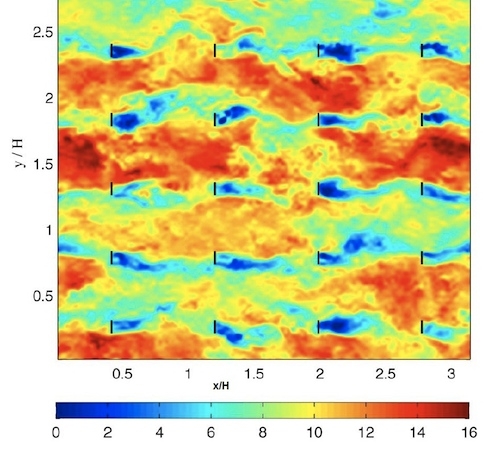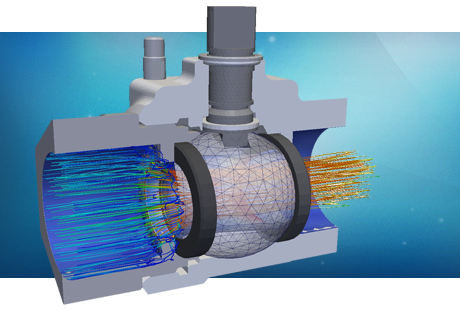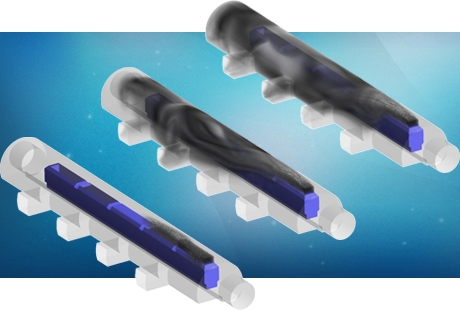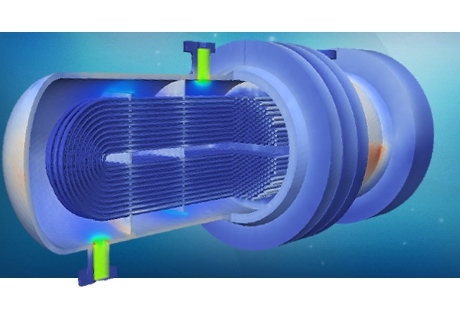Wider spacing leads to greater farm efficiency according to CFD study
Saturday, March 15, 2014
Conventional wisdom says to space wind turbines about seven rotor diameters apart to keep rotor wash from interfering with other turbines. But after a few fluid flow simulations and lab experiments, researchers at Johns Hopkins and Belgium’s Katholik Leuven University say that conventional wisdom needs an upgrade. “Optimal spacing between individual wind turbines is actually a little farther apart than what people use these days,” said Johns Hopkins’ Charles Meneveau. A little farther means 15 diameters. Why so much more?

The study found a turbine’s blades distort wind, creating eddies and turbulence that can affect other wind turbines farther downwind. Most previous studies have used computer models to calculate the wake effect of one individual turbine on another. Starting with large-scale computer simulations and small-scale experiments in a wind tunnel, Meneveau’s model considers the cumulative effects of hundreds or thousands of turbines interacting with the atmosphere.
Meneveau and Leuven’s Meyers argue that energy generated in a large wind farm has less to do with horizontal winds and is more dependent on the strong winds that turbulence creates as tall turbines pull down air from higher in the atmosphere. Using insights from high-performance computer simulations and wind-tunnel experiments, they determined that the turbines alter the landscape in a way that creates turbulence, which stirs the air, and helps draw more powerful kinetic energy from higher altitudes.

A volume of atmosphere that surrounds the simulated wind farm shows the turbulence from one line of turbines to the next. The small blue half circles represent rotors. The x-y plane is at hub height.
That may be a problem because wind farms around the world are large and getting larger. Arranging thousands of wind turbines across many miles of land requires new tools that can balance cost and efficiency to provide the most energy for the buck.
The experiments were conducted in the Johns Hopkins’ wind tunnel. Before the tunnel’s air stream enters the testing area, it passes through a curtain of perforated plates that rotate randomly to create turbulence. Air moving through the tunnel more closely resembles real-life wind conditions.

The 2D plane extends through hub heights in the simulation. The black rectangles are turbine rotors. Dark blue shows turbulence generated by rotors.
Air in the tunnel then passes through a series of small three-bladed model wind turbines mounted atop posts, mimicking an array of full-size wind turbines. Data concerning the interaction of the air currents and the model turbines is collected by using a pair of high-resolution digital cameras, smoke, and laser pulses in a measurement technique called stereo particle-image-velocimetry. The two researchers have developed a model to calculate best spacing of turbines for large wind farms in the future. However, further research is needed, Meneveau said, to learn how varying temperatures can affect the generation of power on large wind farms.







